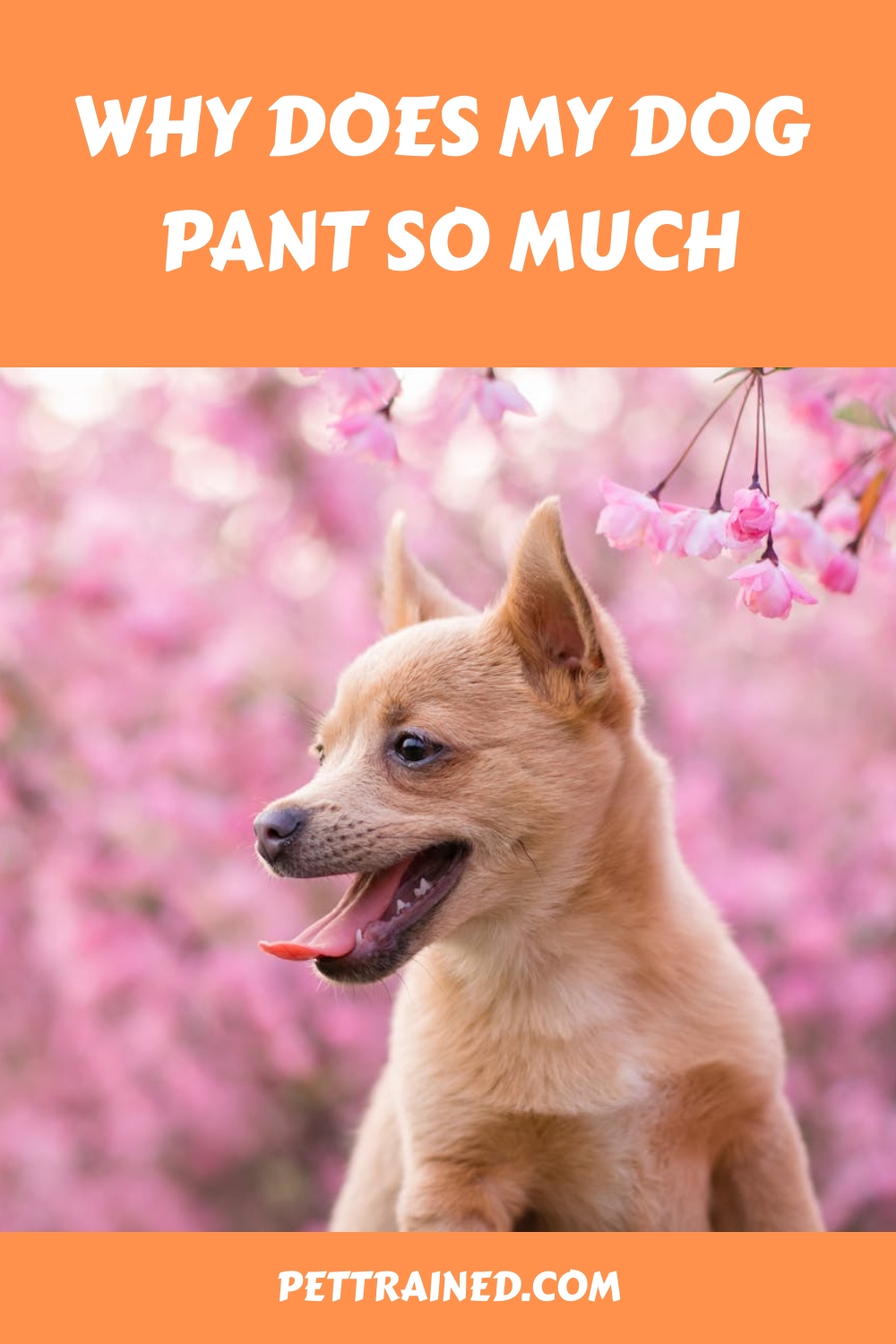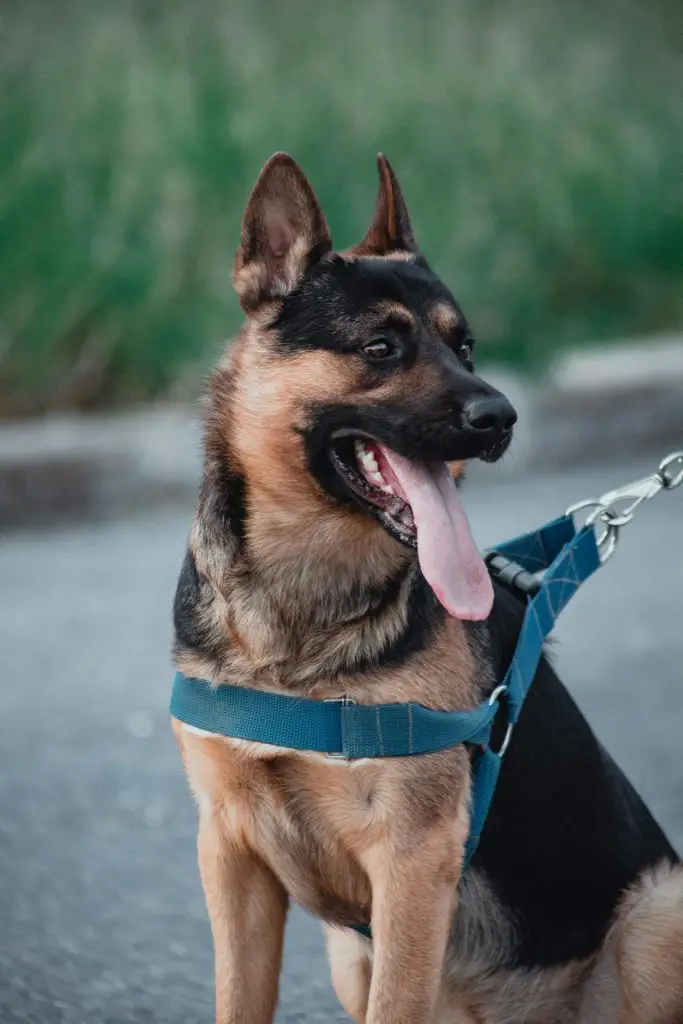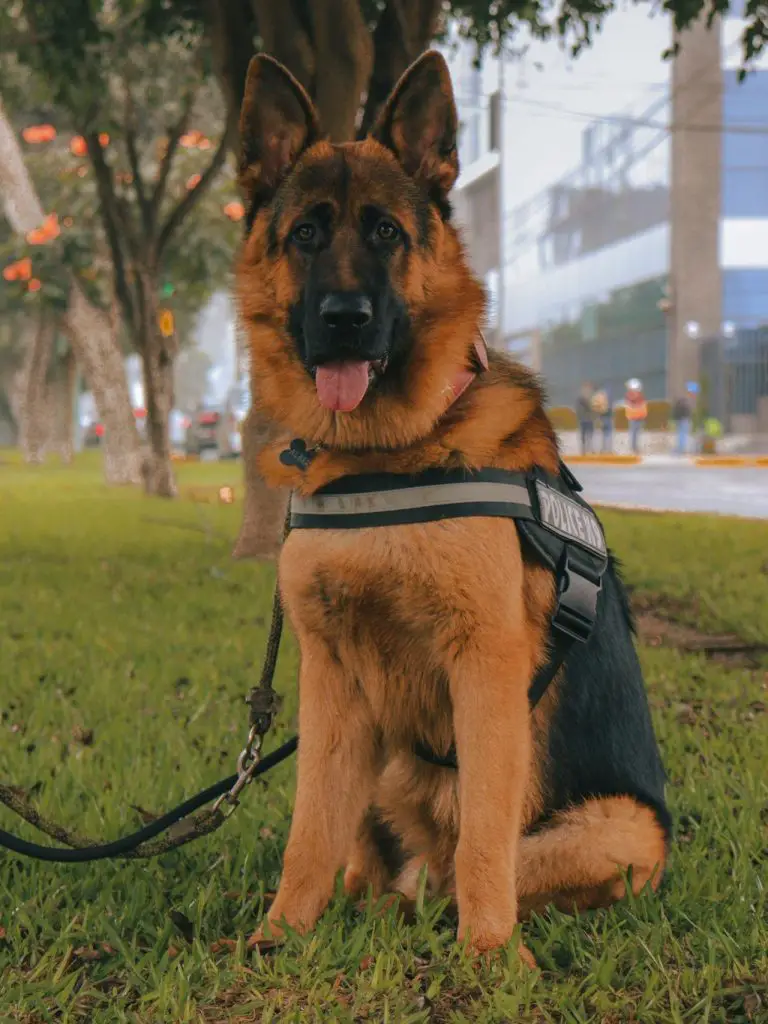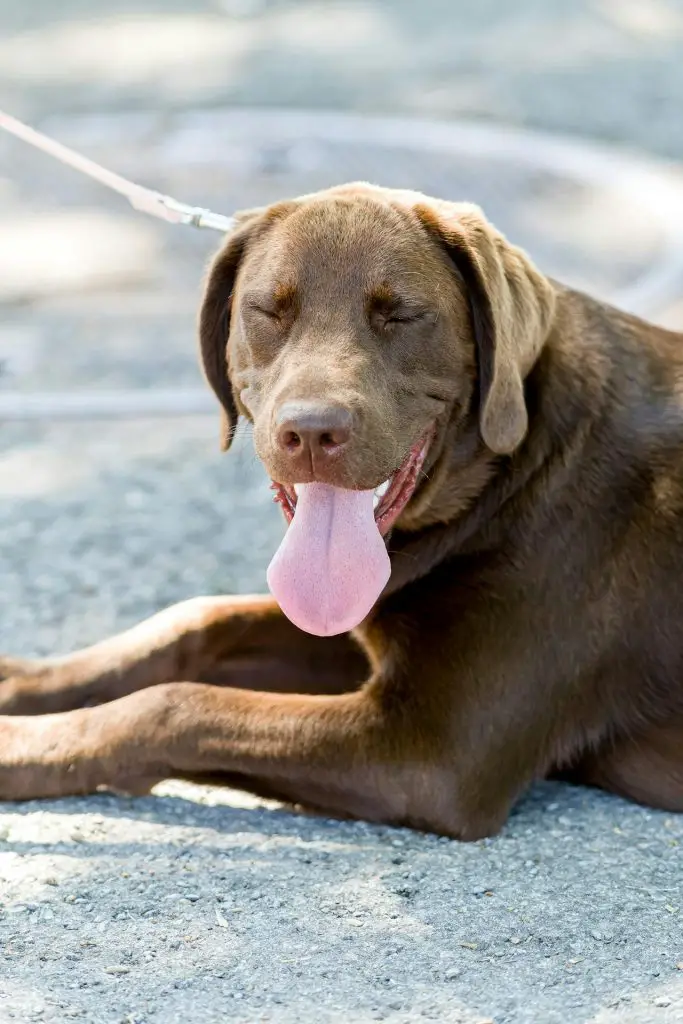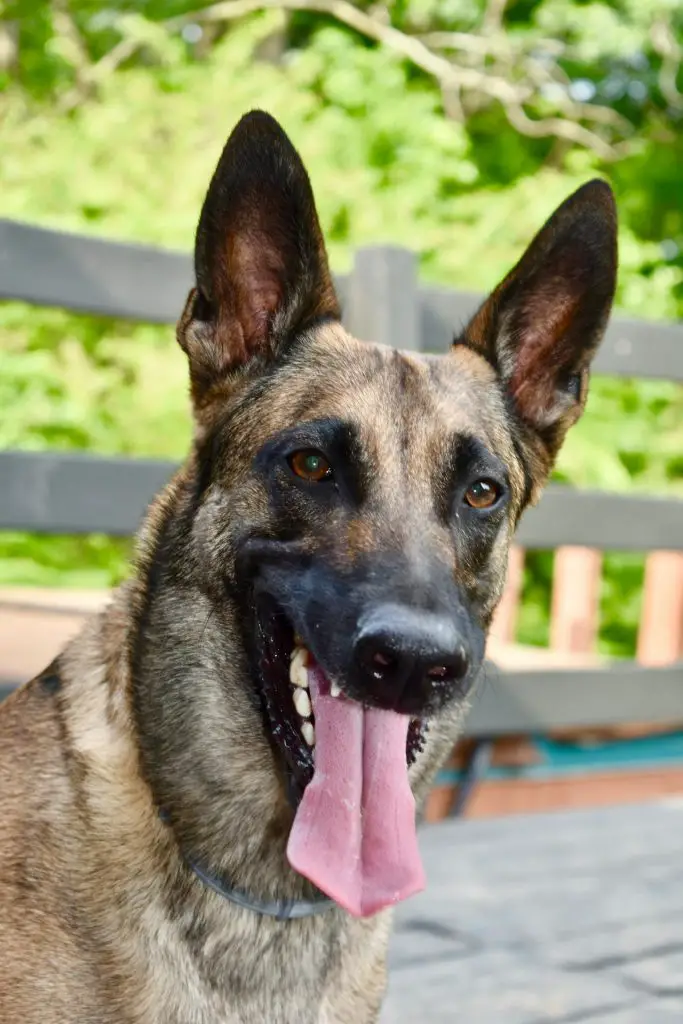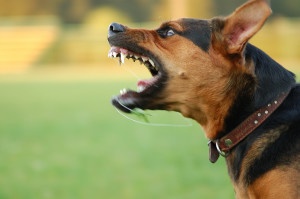
Your dog’s panting is often normal, serving as their primary method for temperature regulation and oxygenation. It’s their way of cooling down, especially after exercise or in warm weather. Panting can also indicate stress, anxiety, or excitement. However, excessive or unusual panting might signal pain, discomfort, or underlying medical conditions like respiratory issues or heart disease. Pay attention to the context and duration of your dog’s panting, as well as any accompanying symptoms. While occasional panting is natural, persistent or labored breathing warrants closer observation. Understanding the various causes can help you better interpret your furry friend’s behavior and health status.
Table of Contents
Key Takeaways
- Dogs primarily pant to regulate body temperature through evaporative cooling.
- Anxiety, stress, or excitement can cause increased panting in dogs.
- Physical exertion during exercise naturally leads to panting as dogs cool down and restore oxygen levels.
- Certain medical conditions, including respiratory issues and heart disease, may cause excessive panting.
Normal Reasons for Dog Panting
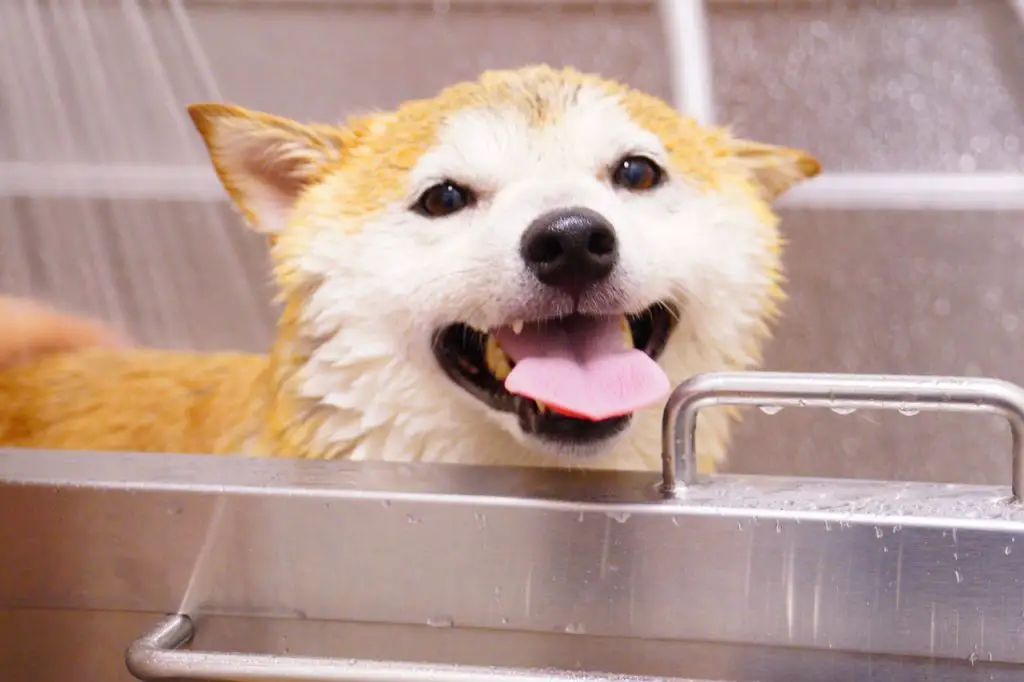
Dogs pant for several normal, physiological reasons that are essential to their health and well-being.
One of the primary functions of panting is thermoregulation.
Unlike humans, dogs don’t have sweat glands distributed throughout their bodies. Instead, they rely on panting to cool themselves down by evaporating moisture from their tongues, nasal passages, and lungs.
This process helps regulate their body temperature, especially during hot weather or after physical exertion.
This post contains affiliate links. However all the information provided on this site are my own honest opinions. See more in Disclaimer.
Another normal reason for panting is oxygenation. When dogs engage in vigorous exercise, their bodies require more oxygen.
Panting allows them to take in more air quickly, increasing oxygen intake and expelling carbon dioxide. It’s a natural response to meet their body’s increased oxygen demands.
Panting behaviors can also serve as a form of dog communication. You might notice your dog panting when they’re excited, anxious, or in pain. This non-verbal cue can indicate their emotional state or physical discomfort.
Additionally, some breeds, particularly brachycephalic dogs with short snouts, may pant more frequently due to their facial structure.
Understanding these normal panting patterns can help you distinguish between typical behavior and potential health concerns.
Heat and Temperature Regulation
Your dog’s panting plays an essential role in regulating body temperature, especially during hot weather or physical exertion.
Unlike humans, who cool down primarily through sweating, dogs rely on panting as their main cooling mechanism.
As your dog pants, moisture evaporates from their tongue, nasal passages, and lungs, effectively lowering their body temperature through heat exchange.
Body Temperature Control
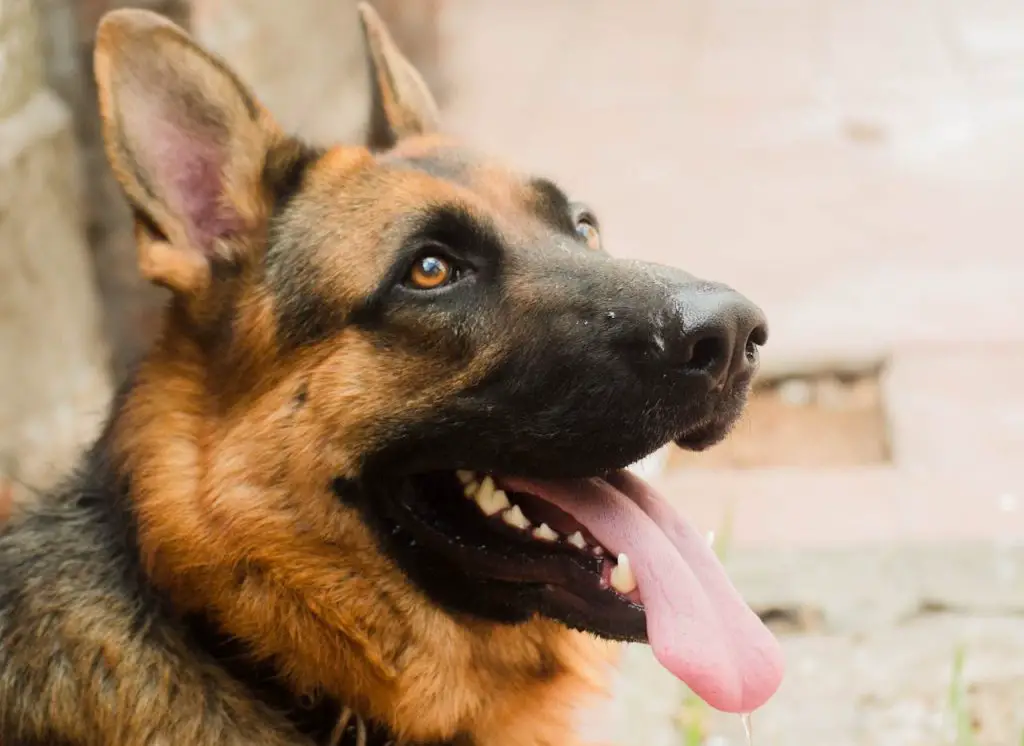
When it comes to regulating body temperature, panting serves as a dog’s primary cooling mechanism. Unlike humans, who can sweat through their skin, dogs have limited sweat glands, primarily in their paw pads.
This makes panting essential for their thermoregulation mechanisms.
As your dog pants, they rapidly inhale and exhale, causing moisture to evaporate from their tongue, nasal passages, and lungs.
This evaporation process helps cool the blood, which then circulates throughout their body, effectively lowering their overall temperature.
Panting is a highly efficient method of body temperature control in dogs. Here’s what you might observe when your dog is actively cooling down:
- Rapid, shallow breaths
- Mouth open with tongue extended
- Increased drooling
- Flared nostrils
Your dog’s breath patterns will change as they pant, becoming faster and more shallow than their normal breathing. This increased respiratory rate allows for maximum air exchange and evaporative cooling.
It’s significant to mention that while panting is normal and necessary, excessive or labored panting can indicate overheating or other health issues.
Always provide your dog with access to fresh water and shade, especially during hot weather or intense physical activity.
Cooling Mechanism Explained

To understand the intricate cooling mechanism of panting, it’s essential to explore the physics of heat transfer and evaporation.
When your dog pants, they’re utilizing a highly efficient method of thermoregulation that’s unique to canine physiology.
As your dog breathes rapidly and shallowly, they’re increasing the airflow over the moist surfaces of their tongue, mouth, and upper respiratory tract.
This process facilitates evaporative cooling, where heat is absorbed from the body as moisture evaporates.
The blood vessels in these areas dilate, allowing more blood to flow near the surface and cool down before circulating back through the body.
Unlike humans, dogs can’t sweat through their skin to cool off. Their panting behavior compensates for this by creating a similar effect. The rapid exchange of air also helps oxygenate the blood more efficiently.
It’s significant to recognize that while panting is normal, excessive or labored panting can indicate overheating or other health issues.
Understanding this cooling mechanism helps you recognize when your dog’s panting is within normal limits and when it might signal a need for intervention.
Anxiety and Stress-Related Panting
Dogs often exhibit excessive panting as a sign of anxiety or stress, which can be triggered by various environmental or situational factors.
Recognizing these behavioral triggers is vital for pet owners to understand and address their dog’s emotional state.
Common anxiety-inducing situations include:
- Loud noises like thunderstorms or fireworks
- Unfamiliar environments or people
- Separation from their owners
- Car rides or visits to the veterinarian
When you notice your dog panting excessively without physical exertion or heat exposure, it’s important to assess their environment for potential stressors.
Anxiety-related panting is often accompanied by other signs such as trembling, pacing, or excessive drooling.
To help alleviate your dog’s stress, you can employ various calming techniques. These may include creating a safe space, using pheromone diffusers, or providing engaging toys to redirect their focus.
In severe cases, consulting with a veterinarian or animal behaviorist can provide tailored strategies to manage your dog’s anxiety.
By understanding and addressing stress-related panting, you can improve your dog’s overall well-being and strengthen your bond with them.
Exercise and Physical Exertion
When your dog engages in physical activity, you’ll likely notice increased panting as a normal response to exertion.
This natural cooling mechanism helps regulate your pet’s body temperature and is typically nothing to worry about.
However, if you observe excessive or prolonged panting after exercise, it may indicate overheating or other health concerns that warrant attention. See our post on How To Train A Dog To Crawl.
Normal Panting After Activity

Physical exertion naturally triggers a dog’s panting response, serving as an essential cooling mechanism. After vigorous activity, you’ll notice your dog panting as part of their post-activity recovery process.
This normal panting helps regulate their body temperature and restore oxygen levels. The panting duration typically correlates with the intensity and length of the exercise.
During this recovery phase, you may observe:
- Rapid, shallow breathing
- Open mouth with tongue exposed
- Increased salivation
- Slight expansion of the chest and abdomen
As your dog’s body cools and oxygen debt is repaid, panting will gradually subside. This process usually takes 10-15 minutes for moderate exercise, but can extend to 30 minutes or more after intense activities.
Factors such as your dog’s age, fitness level, and ambient temperature can influence recovery time.
It’s important to monitor your dog’s panting after exercise. If it persists beyond the expected duration or seems excessive, it may indicate overexertion or an underlying health issue.
Providing fresh water and a cool resting area can support your dog’s natural cooling process and help them recover more efficiently.
Excessive Panting Concerns
While normal panting after exercise is expected, it’s important to recognize when your dog’s panting becomes excessive or concerning.
Excessive panting can be a sign of underlying health issues or overexertion. You should monitor your dog’s breathing patterns during and after physical activity to identify any abnormalities.
Several factors can contribute to excessive panting during exercise:
| Physical Factors | Behavioral Factors |
|---|---|
| Overweight/obesity | Anxiety or stress |
| Age-related issues | Excitement |
| Respiratory problems | Fear or phobias |
| Heart conditions | Overheating |
If you notice your dog panting excessively during or after exercise, consider the intensity and duration of the activity. Gradually increase exercise levels to build your dog’s stamina and avoid overexertion.
Be mindful of environmental conditions, such as high temperatures or humidity, which can exacerbate panting.
Pay attention to other symptoms accompanying excessive panting, like lethargy, weakness, or disorientation. These could indicate heat stroke or other serious conditions.
If you’re concerned about your dog’s panting, consult your veterinarian. They can help identify potential panting triggers and recommend appropriate measures to guarantee your dog’s safety during physical activities.
Pain and Discomfort Indicators
Discomfort manifests in dogs through various physical indicators, with excessive panting often serving as a key signal of pain or distress.
When conducting a pain assessment for your canine companion, it’s vital to recognize these discomfort signals. Panting, when accompanied by other symptoms, can indicate underlying health issues or physical discomfort.
Observing your dog’s behavior and physical cues is essential for identifying potential pain or distress. Some common signs that may accompany excessive panting include:
- Restlessness or inability to get comfortable
- Licking or focusing on a particular body part
- Reluctance to move or engage in normal activities
- Changes in posture, such as hunching or holding the head low
If you notice these signs alongside excessive panting, it’s important to consult your veterinarian promptly. They can perform a thorough examination to determine the cause of your dog’s discomfort and provide appropriate treatment.
Medical Conditions Causing Excessive Panting
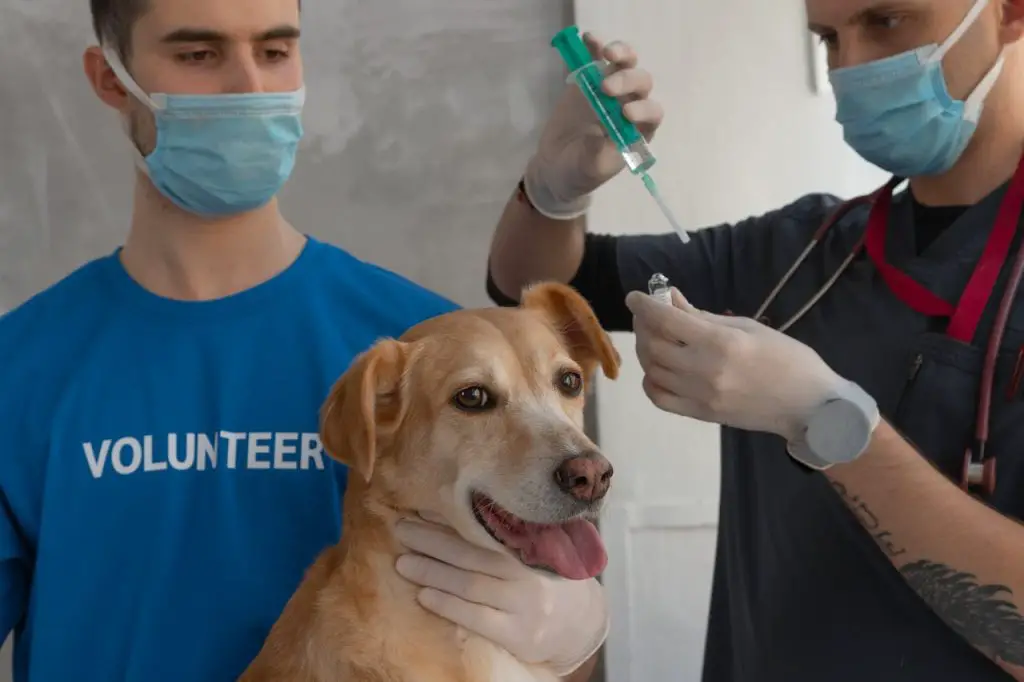
Excessive panting in dogs can be a telltale sign of various underlying medical conditions, ranging from respiratory issues to hormonal imbalances.
If you’ve noticed your dog panting more than usual, it’s vital to take into account potential health problems that may be causing this behavior.
Respiratory issues are common culprits for excessive panting.
Conditions like laryngeal paralysis, pneumonia, or bronchitis can make it difficult for your dog to breathe normally, leading to increased panting as they try to get more oxygen.
Heart disease is another serious condition that can cause your dog to pant excessively. As the heart struggles to pump blood efficiently, your pet may pant to compensate for the reduced oxygen supply.
Other medical conditions that can cause excessive panting include Cushing’s disease, which affects hormone production, and certain neurological disorders.
Anemia, fever, and some medications can also lead to increased panting.
It’s important to monitor your dog’s panting patterns and consult with your veterinarian if you notice any significant changes. They can perform the necessary tests to diagnose any underlying medical conditions and recommend appropriate treatment options.
When to Consult a Veterinarian
As a responsible pet owner, you should consult a veterinarian if your dog’s panting becomes persistent, excessive, or unusual compared to their normal behavior.
While panting is a natural cooling mechanism for dogs, certain circumstances warrant professional attention.
Be alert to behavioral changes or panting triggers that may indicate underlying health issues. Watch for:
- Panting that occurs without obvious reasons like exercise or heat
- Labored breathing or difficulty catching breath
- Excessive drooling or foaming at the mouth
- Lethargy or reluctance to engage in usual activities
If you notice these signs or if your dog’s panting seems abnormal, don’t hesitate to seek veterinary care.
Your vet can perform a thorough examination, including checking essential signs, conducting blood tests, and potentially ordering imaging studies to identify any underlying medical conditions.
Frequent Questions and Answers
Did you know that brachycephalic breeds pant up to 5 times more than others? Yes, certain dog breeds pant more due to their breathable anatomy and climate sensitivity. You’ll notice this especially in flat-faced dogs and those with thick coats.
Yes, age affects your dog’s panting. Puppies often pant more due to higher metabolic rates and excitement. Senior dogs may pant excessively due to decreased heat tolerance, respiratory issues, or underlying health conditions. Monitor changes in panting patterns closely.
Yes, your dog’s diet can influence panting habits. Nutritional deficiencies may lead to increased panting as the body struggles to regulate itself. Additionally, hydration levels play an essential role in thermoregulation, affecting how much your dog pants.
Excessive panting can indeed be a sign of cognitive decline in older dogs. You should monitor your pet for other anxiety symptoms and changes in behavior. Regular check-ups can help assess your dog’s cognitive health as they age.
Oh, you thought your dog’s panting was just for show? Think again! At higher altitudes, your furry friend’s panting mechanisms kick into overdrive. Reduced oxygen levels trigger increased respiratory rates, compensating for the thinner air’s altitude effects.
